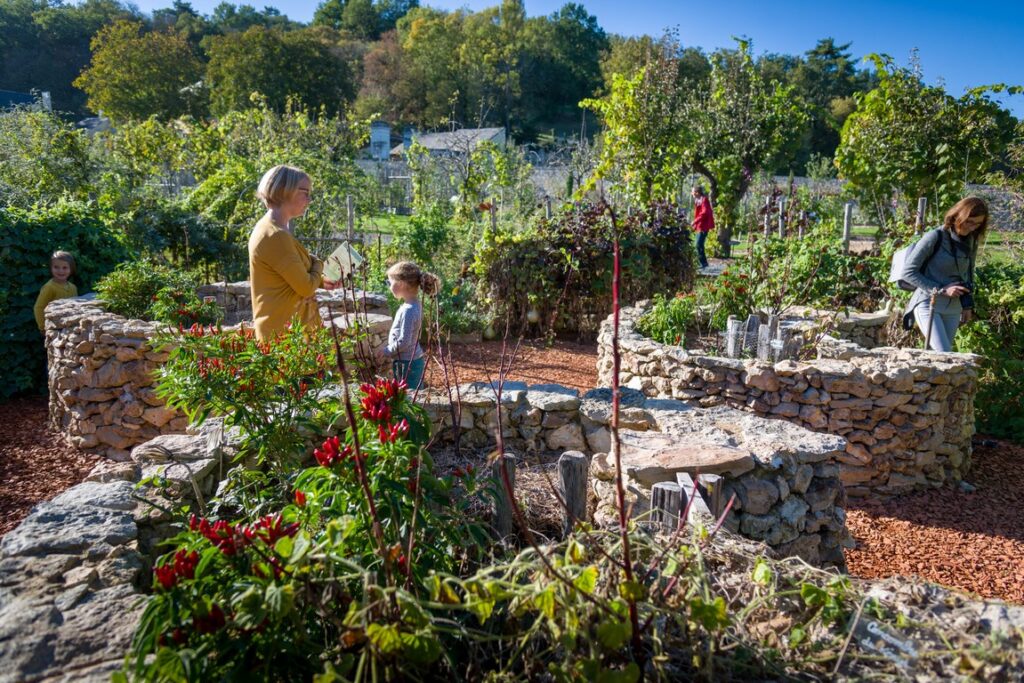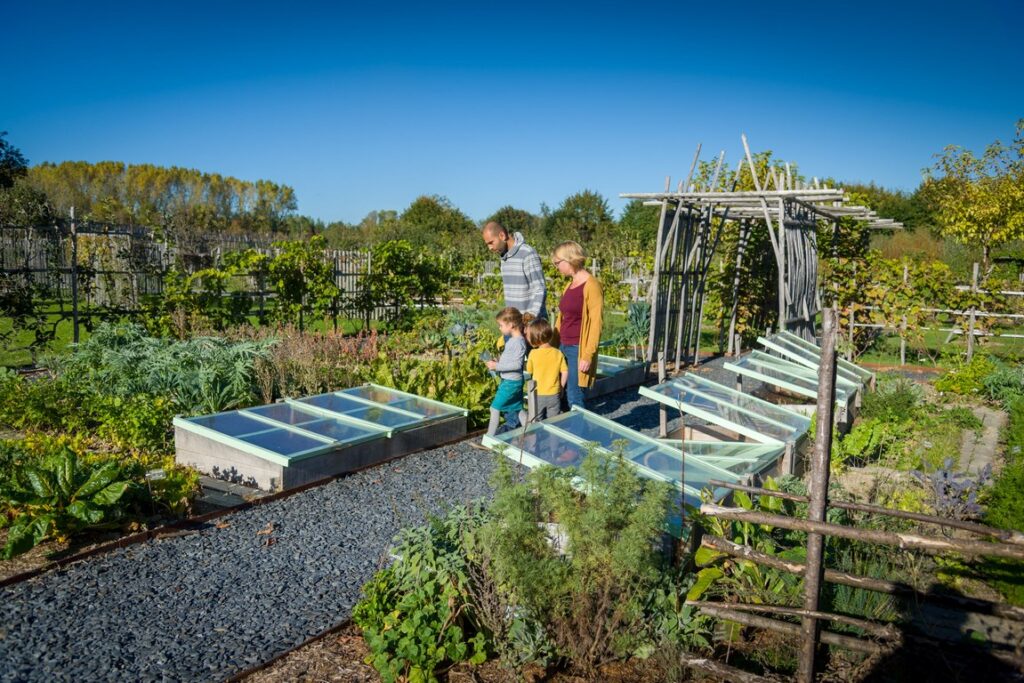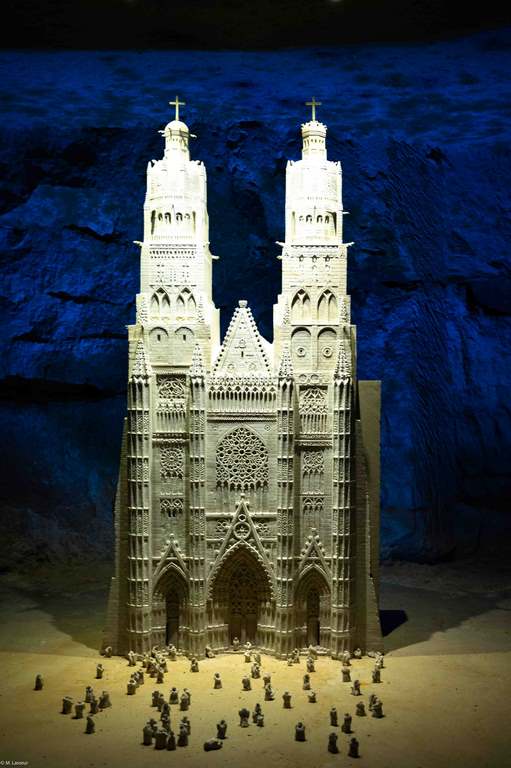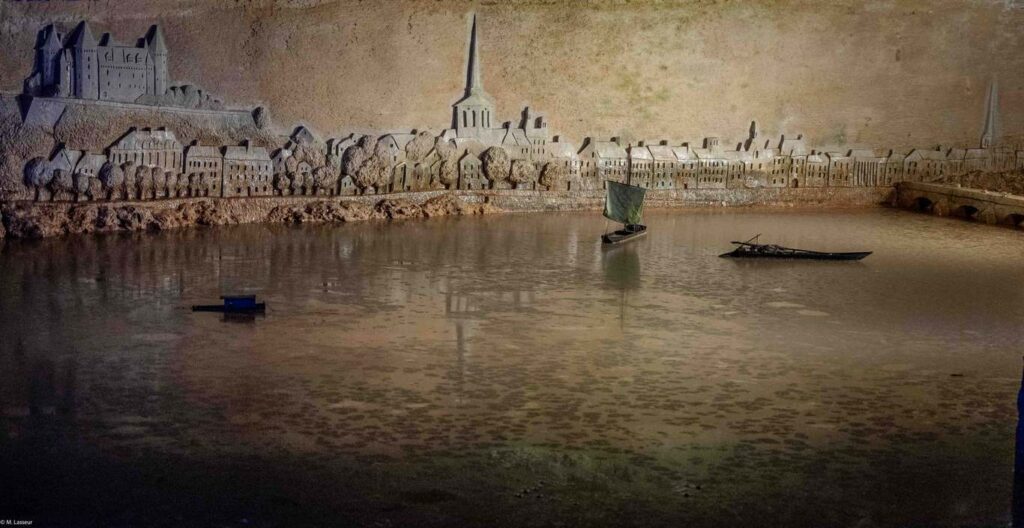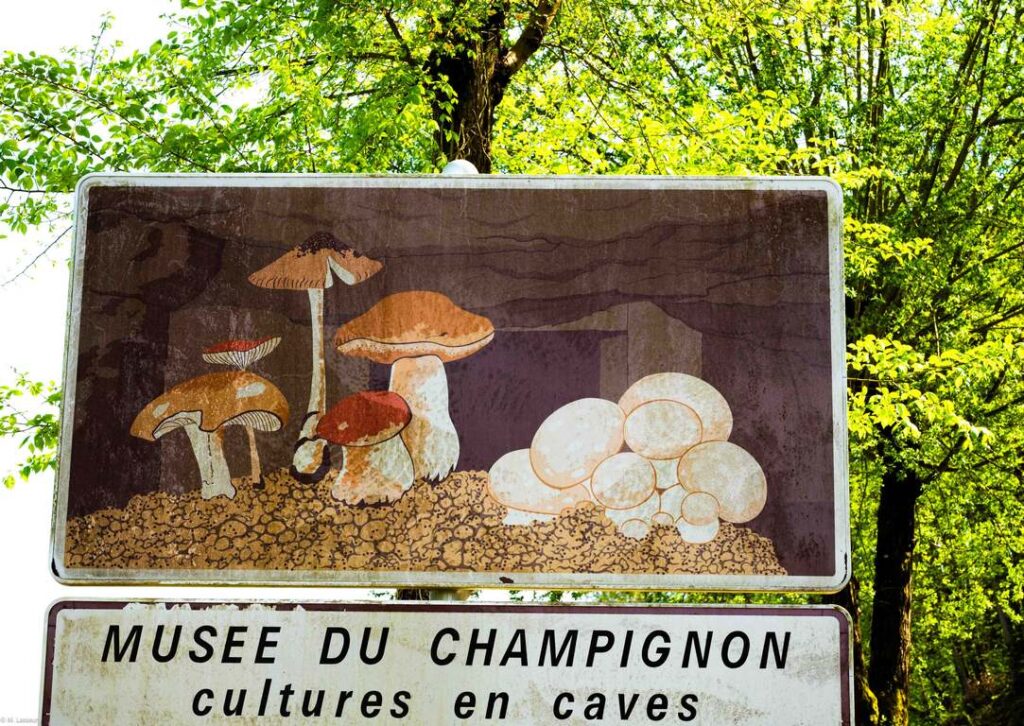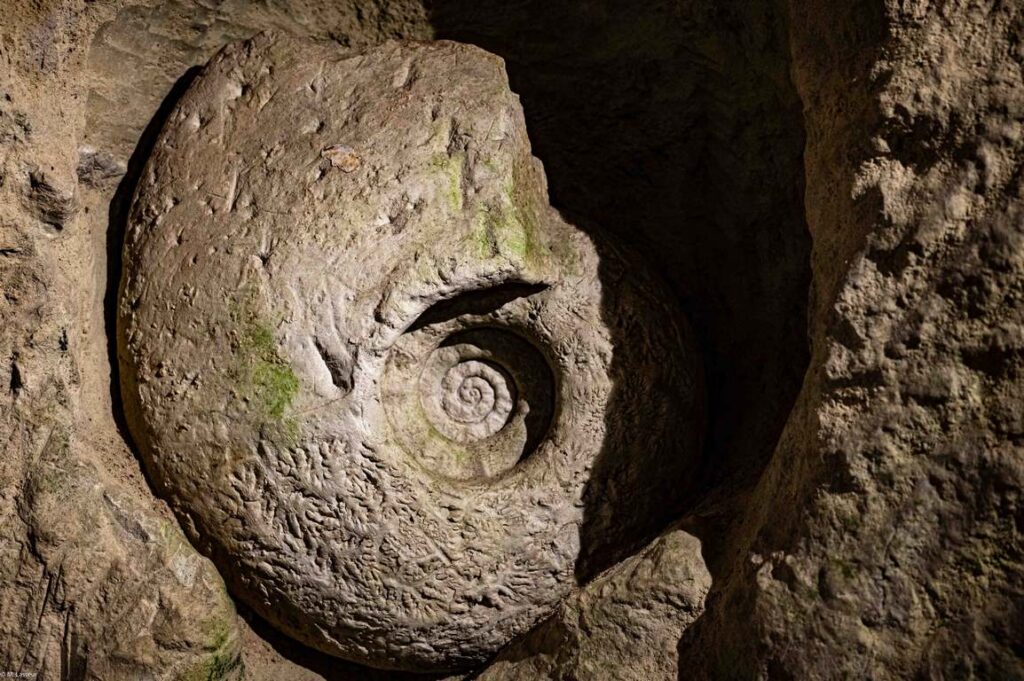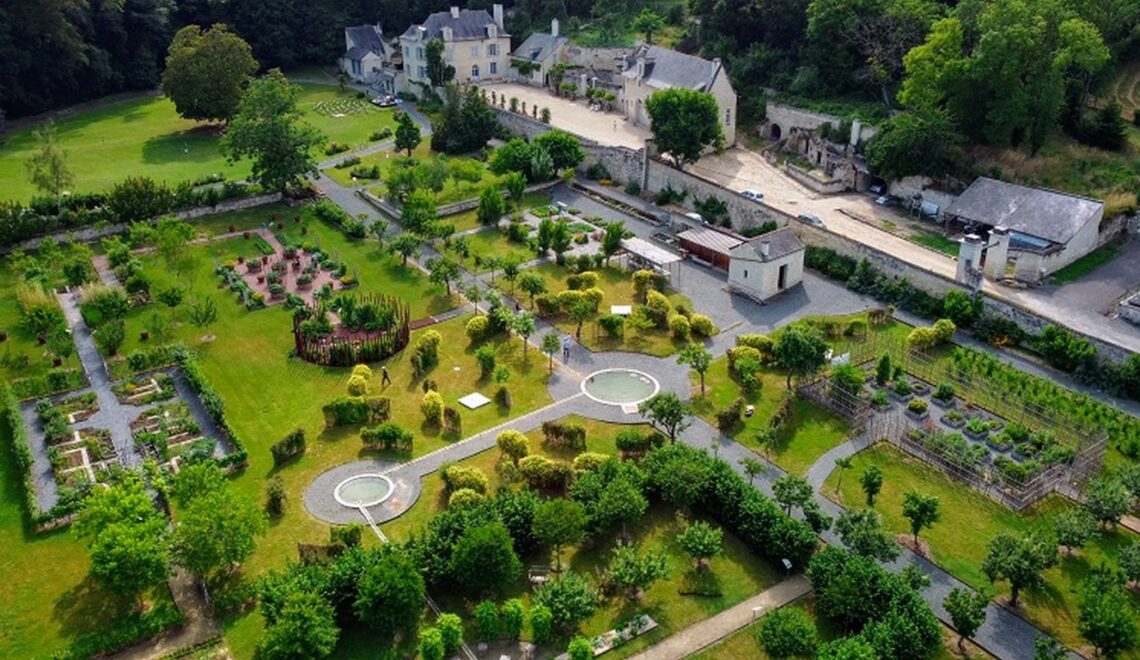
Near Saumur, we invite you to discover three emblematic sites in the Loire Valley: the remarkable garden of Puygirault, the tufa sculptures of Pierre et Lumière and the Mushroom Museum with the largest collection of mushrooms in Europe and its mushroom house.
Puygirault: a journey through garden history
Located in the Anjou region, on the outskirts of the pretty town of Saumur, the Puygirault gardens were classified as a "Remarkable Garden" in 2023. Charles Trenet would have loved these extraordinary gardens (vegetables, fruit, aromatic and medicinal plants, flowers, etc.), set between the Loire and the hillsides, which are a delight for children. The monks of the now-defunct Saint-Hilaire Saint-Florent Abbey lived here in the Middle Ages. Fourteen areas retrace the history of vegetable gardens over the course of time and territories, each representing a distinct era, from prehistory to the present day. A thousand plants from all over the world live together through the seasons in an area of 2 hectares. Providence has been kind to this former market garden that fed the abbey: a natural spring from the hillside waters the site through a system of irrigation channels dating back to the 14th century.
The Romans introduced us to vines and figs, quinces and apples. Here, we move on from the harvest to the first ploughings, then on to the medieval vegetable gardens, the bees' meadow? Here are the beautiful vegetables (tomatoes, courgettes, peppers?) from Italy, the herbs (basil, chives, parsley?). And the vine, which strangely enough grows at the foot of the fruit trees, protected from the sun by the foliage.
For Yann Bouchard from Saumur, who co-founded the site with his brother Stanislas and landscape architect Patrick Genty (one of the creators of the Chaumont-sur-Loire Garden Festival), nature is a source of inspiration. It evokes emotions linked to the earth, to labour and to the beauty of gestures. He has obviously read Lucretius: "Why do we see roses blooming in the spring, wheat ripening in the heat of the year and vines growing in the autumn? Because everything created appears when the climatic conditions are right and the earth, teeming with life, brings its still-fragile products to light without fear?
Time itself gets lost in them. A happy coincidence, perhaps not innocent, led me to discover an omission: the Zen gardens of Japan (karesansui (Japanese for dry garden), made of moss and stones, are not represented. To be continued...
The Pierre et Lumière troglodyte site
A treasure hunt to discover the Loire Valley's most beautiful miniature châteaux carved from tuffeau, the luminous limestone of the region that is the hallmark of the Loire Valley's cultural identity through its countless châteaux, abbeys, towns and villages.
Follow the path carved out of the rock and, surprise, surprise, as you pass through the underground chambers, you will discover churches, towns and villages carved out of the stone, all the architecture of the Loire Valley in the Middle Ages in a troglodytic quarry? that floods! But nothing gets damaged, and the tufa stone remains intact once the water has been drained away.
Here are Angers castle, the town of Saumur reflected in the Loire (carved out of a troglodytic cave), the royal abbey of Fontevraud, Montsoreau castle, Amboise and Tours cathedral, which took 6 months of work to reach a height of 2.20 metres? Romanesque churches punctuate this entertaining treasure hunt, the work of Breton sculptor Philippe Cormand. The artist spent an average of 2 to 3 months working on each building. In all, there are 200 tonnes of finely sculpted tufa stone, the fruit of 3 years' work. And a magnificent tribute to the builders.
The Mushroom Museum: Europe's largest collection of mushrooms
The region is riddled with underground galleries, some of which are used for Saumur wines and others for mushrooms. 12 tonnes of mushrooms are harvested every year from kilometres of underground galleries.
Oyster mushrooms (the most common and colourful), shiitake mushrooms, morels, boletes, button mushrooms, and some more unusual ones: giant wolf?s vein, trumpets of the dead, panther?s mushroom? Danger: don't touch! The tour shows us the different ways in which mushrooms are grown. And young visitors leave with a little kit for growing mushrooms at home.
The gardens of Puygiraultroute de Gennes, Saumur
www.jardins-du-puygirault.com
The Puygirault Gardens will be open every day from 10am to 7pm and will close to the public at the end of October 2024.
How to find us :
From the A11, take the A 85 towards Saumur. On the A 85, take exit No. 3 Saumur and on the A 87, take exit No. 26 Saumur.
Then, in Saumur, follow the signs for Gennes on the banks of the Loire.
The Jardins du Puygirault are located 1 km from the St-Hilaire-St-Florent exit.
The Pierre et Lumière website
www.pierre-et-lumiere.com
www.troglonature.com
The mushroom museum : www.musee-du-champignon.com
In video : https://vimeo.com/577170608
Text and Photos : Michèle Lasseur, unless otherwise stated.

